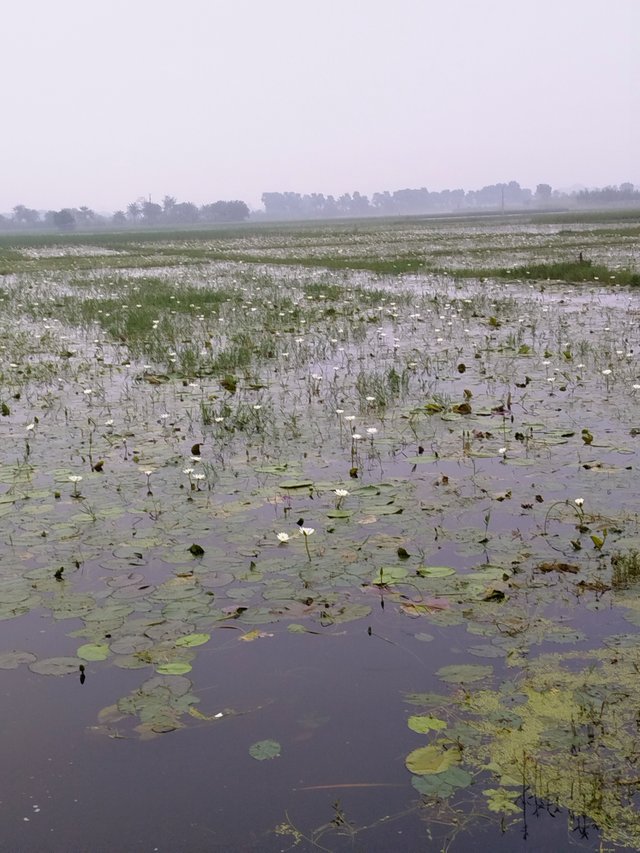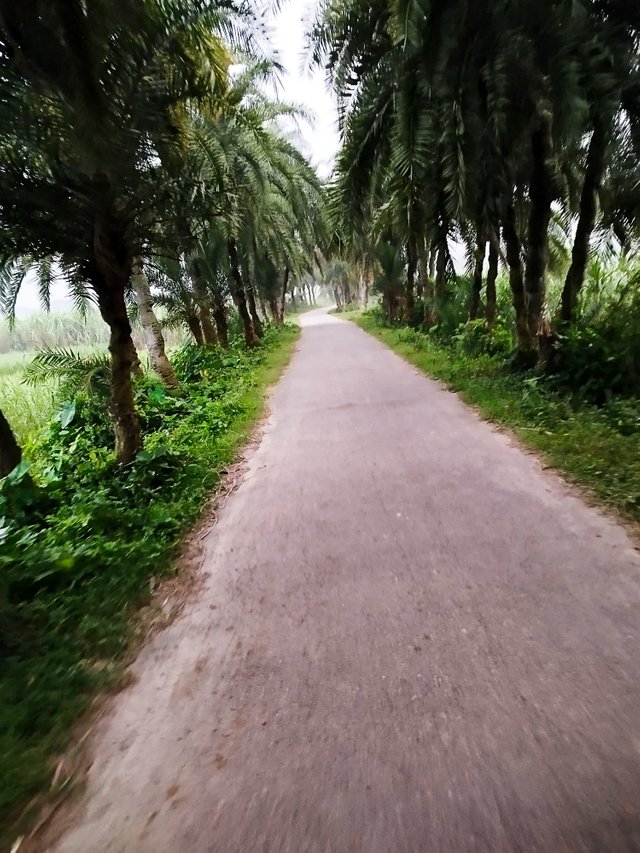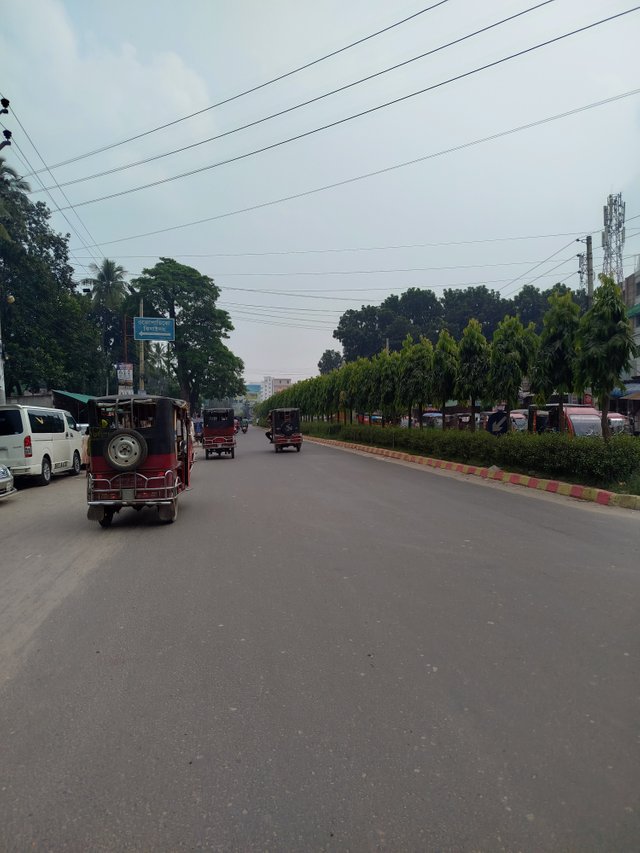Assalamu alaikum
How are you all friends hope everyone is well
I'm @romzan15 from #bangladesh
Today I appeared in front of you with Shapla flowers. I went for a walk in the morning. I saw many Shapla flowers blooming on the bill. It looked very beautiful, so I thought I would share it with you.

Shapla flower
The Shapla flower is the national flower of Bangladesh and is found abundantly in wetlands, ponds, and marshes across the country. It mainly comes in two varieties: the white Shapla (Nymphaea nouchali) and the red Shapla (Nymphaea rubra). The white Shapla is recognized as the national flower. The leaves of the Shapla are broad and float on the water's surface, while the flowers bloom on long stems.
The Shapla flower is not just a symbol of beauty but is also used as food. Its stems and roots are consumed as vegetables. The root, known as "Shaluk," is a favorite food in rural areas. Additionally, the petals and seeds of the Shapla are also edible.
The Shapla flower is a part of Bengali cultural heritage and adds to the natural beauty of the country's environment.

Beautiful village road
The road is very beautiful with palm trees on both sides of my in-laws area
A road lined with date palm trees on both sides of a village presents a picturesque and serene scene. During the winter mornings, when the sap is collected from the trees, the sight of workers tapping the date palms becomes a common view along the roadside. The traditional method of hanging bamboo containers to collect the sap enriches the rural atmosphere.
Walking along such a road brings a sense of peace, with the beauty of the date palm trees adding to the tranquility. Fresh date sap, collected in the early morning, is a special delight for the villagers during winter. When the sunlight filters through the leaves of the palm trees and falls onto the road, it creates a uniquely beautiful scene.
These rows of date palms not only enhance the beauty of the village but also stand as a symbol of its tradition and connection to nature.

city street
"Shahorer rasta" (city street) typically refers to the main roads, alleys, or other transportation pathways in a city. These streets are usually busy, with various vehicles moving, people walking, and surrounded by shops, offices, restaurants, and other commercial establishments. City streets always hold the rhythm of life and serve as the hub of various social, commercial, and cultural activities.